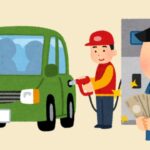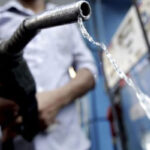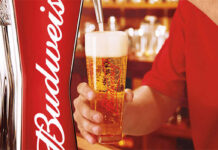According to Tuoi Tre News, gasoline and oil prices in Vietnam have seen a significant increase since the afternoon of June 13th. Specifically, gasoline prices have surged to over 31,000 VND per liter (for E5RON92) and over 32,000 VND per liter (for RON95-III), marking the sixth consecutive price adjustment this year and reaching an all-time high.
With fuel prices soaring, many are concerned about how to save money on their daily commutes. In reality, there are some common driving habits that can unknowingly lead to higher fuel consumption.
Check out the list below to identify and change these habits to save money for yourself and your family!
For car owners
1. Erratic driving
Maintain a steady driving pace, keep a consistent speed, and avoid frequent, abrupt braking. Erratic acceleration and sudden changes in speed can increase fuel consumption. Additionally, frequent and repetitive braking can significantly impact the lifespan of your brake system.
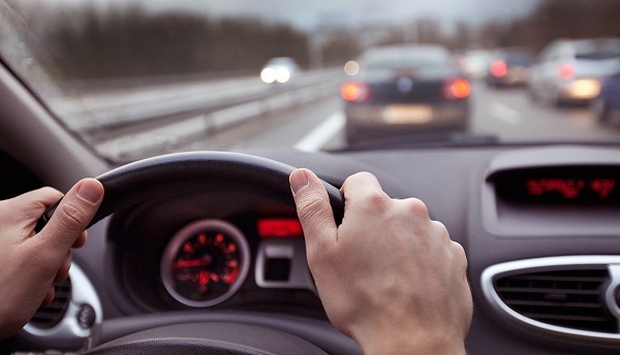
Driving at a steady pace without abrupt acceleration or braking can help reduce fuel consumption. (Illustrative image)
To achieve this, pay attention and stay focused while driving. Maintain a safe distance from vehicles ahead of you and avoid congested roads whenever possible. Moreover, if you need to stop for a short period, just a few minutes, it’s best to keep the engine running. Restarting the engine after a brief stop will consume more fuel.
2. Driving too slowly
Contrary to popular belief, driving slowly does not necessarily save fuel. In fact, it can be counterproductive.
According to industry experts, the ideal speed for optimizing fuel efficiency in cars is between 50 and 80 km/h.
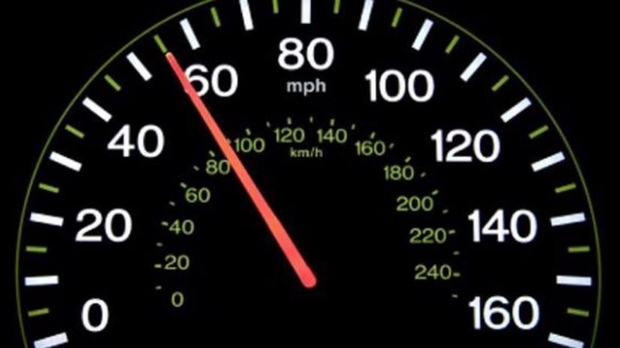
The ideal speed range for fuel efficiency is between 50 and 80 km/h. (Illustrative image)
Additionally, when accelerating, avoid doing so quickly and abruptly. This will burn more fuel and increase tire wear. Instead, gradually increase your speed. This way, your vehicle will only use the necessary amount of fuel to reach and maintain the desired cruising speed.
3. Overloading your vehicle
Each car has a designed load capacity, and it’s important not to exceed this limit. The lighter the vehicle, the lower the fuel consumption. Remove any unnecessary heavy items from your car to avoid unnecessary weight.
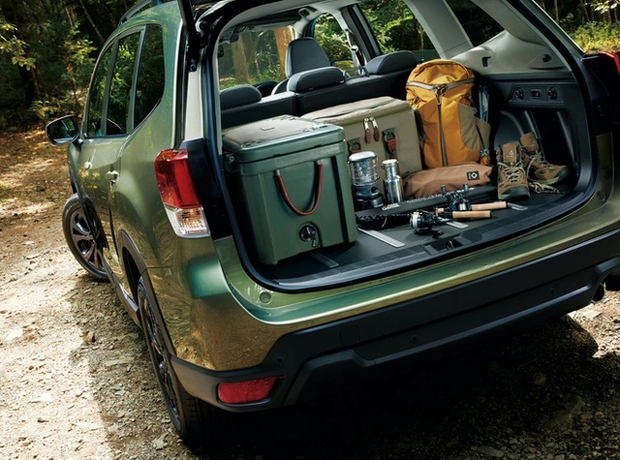
Keep your car tidy and remove any unnecessary heavy items to save fuel. (Illustrative image)
Carrying the appropriate number of passengers, in accordance with the vehicle’s load capacity, not only saves fuel but also helps you avoid unfortunate fines.
4. Incorrect fueling practices
There is no need to wait until your tank is completely empty before refueling, nor should you refuel as soon as you’ve used a small amount. Consider refueling when your tank is about one-third full.
5. Neglecting vehicle maintenance
Another common habit is neglecting vehicle maintenance because everything seems to be functioning fine. However, over time, certain critical components of your car may degrade, leading to decreased efficiency and higher fuel consumption.
This could be due to issues with the spark plugs, tires, or air filter. A dirty air filter can cause your car to use more fuel than necessary. Regarding tires, ensure they are not underinflated or overinflated. Follow the manufacturer’s recommended tire pressure for optimal performance and safety.
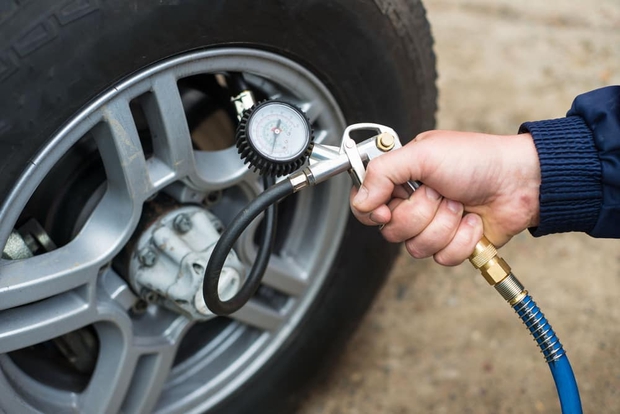
Maintain proper tire pressure to ensure safe and fuel-efficient operation. (Illustrative image)
Underinflated tires can make driving more difficult, while overinflated tires can increase rolling resistance and cause excessive tire wear due to excessive friction. Therefore, it’s crucial to maintain the correct tire pressure as specified by the manufacturer.
It is recommended to service your car after every 3,000 km or 3-4 months of usage. If you notice any issues, no matter how minor, take your car to a service center as soon as possible.
For motorcycle owners
The principles for motorcycles are similar to those for cars, but there are some specific differences in habits that can help optimize fuel efficiency for this type of vehicle.
1. Not turning off the engine when stopped
When stopping, even for a short period of time (over 30 seconds), turn off the engine. This is the opposite of what you would do in a car.
The habit of idling at red lights wastes fuel and harms the environment. Leaving your engine running for 30 seconds to a minute can consume as much fuel as driving one kilometer.
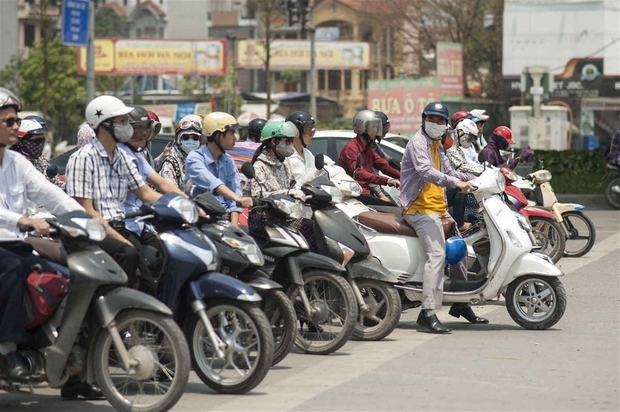
Turn off your motorcycle engine when stopped for over 30 seconds to save fuel and protect the environment. (Illustrative image)
So, when stopping for any reason that will take longer than 30 seconds, it’s best to turn off the engine and restart it when you’re ready to continue your journey. This won’t take much time and will help you save fuel compared to idling.
2. Improper gear usage and inconsistent throttle control
Similar to cars, maintaining a consistent throttle in motorcycles is crucial for fuel efficiency.
For scooters: Keep the throttle steady and avoid sudden acceleration or deceleration. Maintain a stable throttle position to prevent wasting fuel due to overly fast or slow operation.
For manual motorcycles: Avoid riding with the throttle partially open while also applying the brakes. Use the appropriate gear for your speed: lower gears for slower speeds and higher gears for faster speeds.
3. Riding immediately after starting the engine
Many people have the habit of starting their motorcycle and immediately riding off. Instead, try this:
– Hold the throttle for 60-90 seconds before riding.
– This allows oil to be pumped into the engine.
– It ensures that all components are lubricated, and the fuel burns more efficiently.
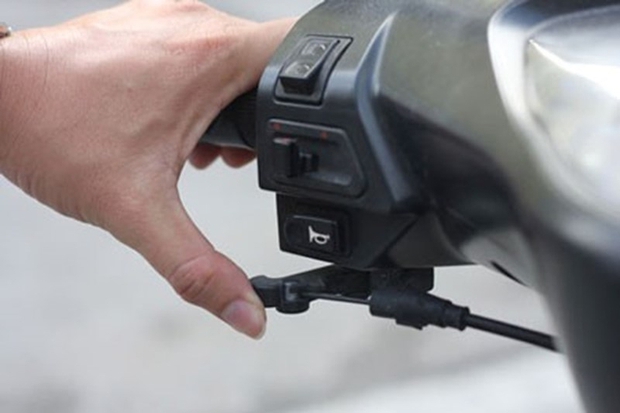
After starting the engine, wait for a moment before riding to allow for proper lubrication and efficient fuel combustion. (Illustrative image)
If you ride immediately after starting the engine, the components may not have sufficient lubrication, leading to faster wear. Additionally, the fuel may not burn efficiently, resulting in higher fuel consumption.
Some newer motorcycle models even have a start-up indicator light. This light turns on when you start the engine and turns off once the motorcycle is ready to ride.
4. Overloading your motorcycle
When you overload your motorcycle, the engine has to work harder, leading to increased fuel consumption.
Overloading your motorcycle for extended periods can result in higher fuel costs and negatively impact the lifespan of your vehicle.
5. Neglecting regular maintenance
It is recommended to service your motorcycle every six months to ensure optimal performance and prevent issues that could affect the overall operation of your vehicle.
Regular maintenance and inspections can help identify potential problems, ensuring smooth and efficient operation. This, in turn, optimizes fuel consumption.
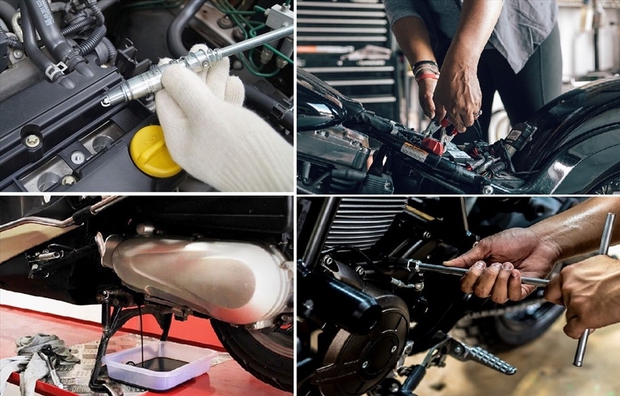
Regular motorcycle maintenance, including engine oil and tire checks, is crucial for optimal performance and fuel efficiency. (Illustrative image)
Engine oil and tires are two critical aspects to prioritize. Change your engine oil every 1,500-2,000 km, and maintain proper tire pressure, just like in cars. Incorrect tire pressure can lead to significantly higher fuel consumption. Additionally, regularly checking your tires can help prevent unexpected issues during rides.
According to Trí Thức Trẻ
“Tips for Driving During the Summer Rush Hour”
The summer weather in Vietnam can be unforgiving with scorching heat and high temperatures taking a toll on both drivers and their vehicles. With the mercury rising, it becomes even more crucial to pay extra attention to car care and maintenance to ensure a safe and comfortable driving experience during this challenging season.


























